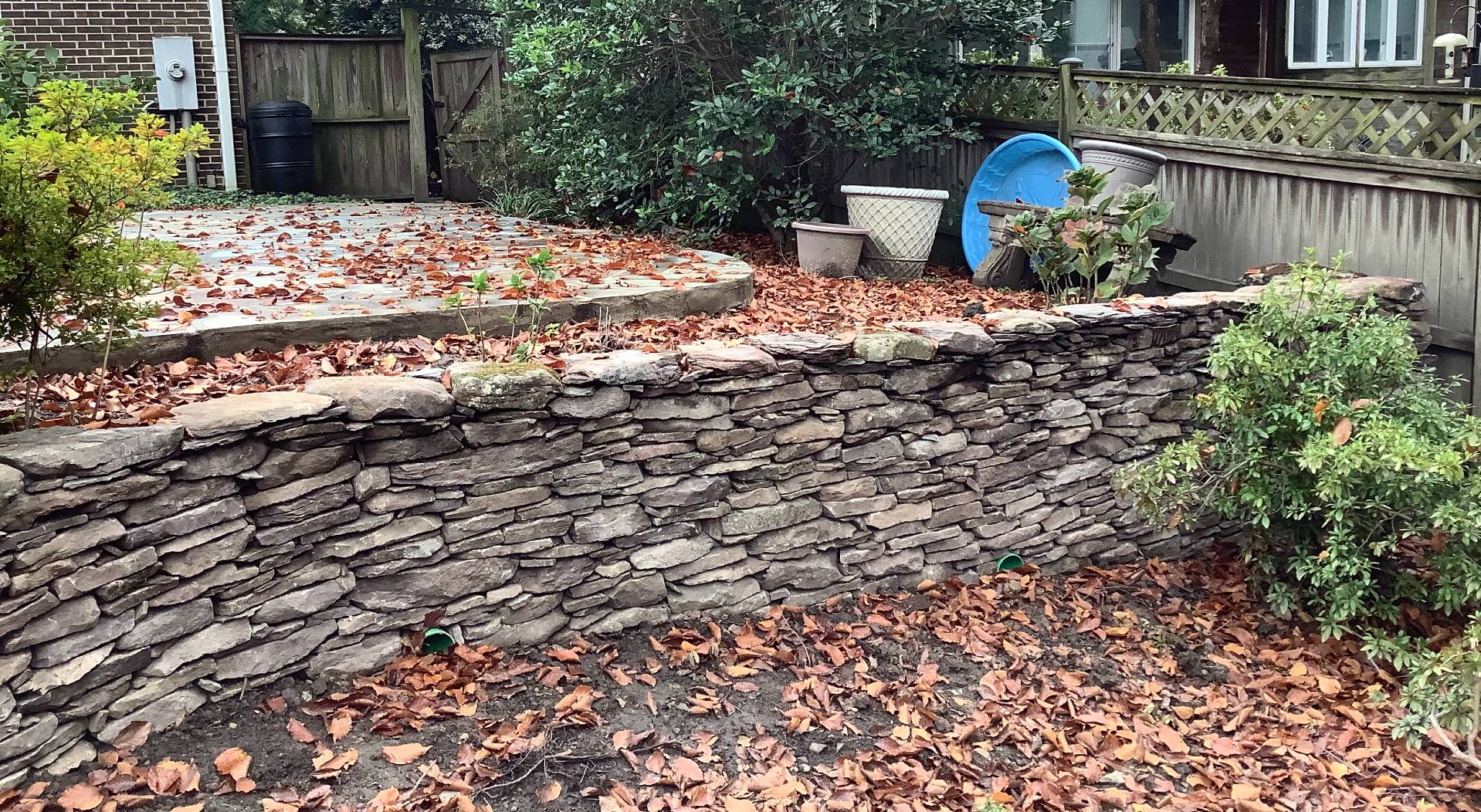Virginia’s Stone Walls and Farmhouses: A Glimpse Into History
New England may be famous for its old stone walls and farmhouses, but the Virginia countryside is also dotted with many of these rustic, charming old walls.
These stone structures are a living depiction of our past, and studying them has led to important and fascinating findings about the people who built them.
Early farmers and settlers built these walls with enormous care. They were meant to last generations, and they did.
Why Early Settlers Built Walls
Historians have defined several reasons that people built stone walls in the past. The first was that clearing out a patch of forest created large piles of rocks and stones they had to use for something.
They used these stones to build walls that defined their boundaries, subdivided fields and kept livestock penned and safe.
Walls were also used as the foundations of buildings and to control erosion. We still use stone retaining walls to control erosion.
The walls were more than functional, however. Even in those early days, people put their stamp of style on these walls. Some walls were built to show off the skill of the masons, and these early walls feature tight mortar and expert bricklaying that helped the walls stand strong all these years.
Bear’s Den
The Bear’s Den Rural Historic District in Clarke County features some of the most beautiful, well-known stone walls and farmhouses in the state. Most of these were built in the late 19th and early 20th centuries.
Up until the early 20th century, this area of Virginia was still mostly rural. Located near Berryville along Blue Ridge Mountain Road, this area is listed on the Virginia Landmarks Register and the National Register of Historic Places.
Frederick County Cairns
Archaeologists have discovered stone cairns in many locations in Frederick County close to the Shenandoah River. According to researchers, these are probably burial cairns built by Native Americans during the Middle Woodland Period, which is around the 11th and 12th centuries. Each cairn held one to three people.
Burial cairns are common in Alabama and north Georgia, but they are less common in Virginia. Researchers believe the Virginia cairns were built by the same people who built similar cairns found in the West Virginia mountains. The collection is now known as the Western Virginia Stone Burial Complex.
Loudoun County Woods
The woods of Loudoun County are dotted with many old stone walls. Over the years, these stone walls became part of the forest ecology as life as lichens and mosses grew on them. Insects, birds, and small mammals are among the many animals that use holes in walls as their hiding places.
In an article for the Loudoun Wildlife Conservancy magazine, Emily W.B. Southgate described the special charm these old walls evoke:
“We can look at them as relics of the past that survived to our day and as special habitats harboring beauty and life throughout the woods of Loudoun and elsewhere. Where rocks are found at the surface of the ground, we know people once carried them as they tamed the land from woods to pastures or farmland. Next time your trail crosses an old wall, stop for a few minutes, enjoy its special beauty and diversity, and marvel at the history it stores.”
Creating Stone Walls and More
Contact Capital Masonry to learn more about our full array of masonry installation and repair services. We are family-owned and operated for 4 generations and growing!
